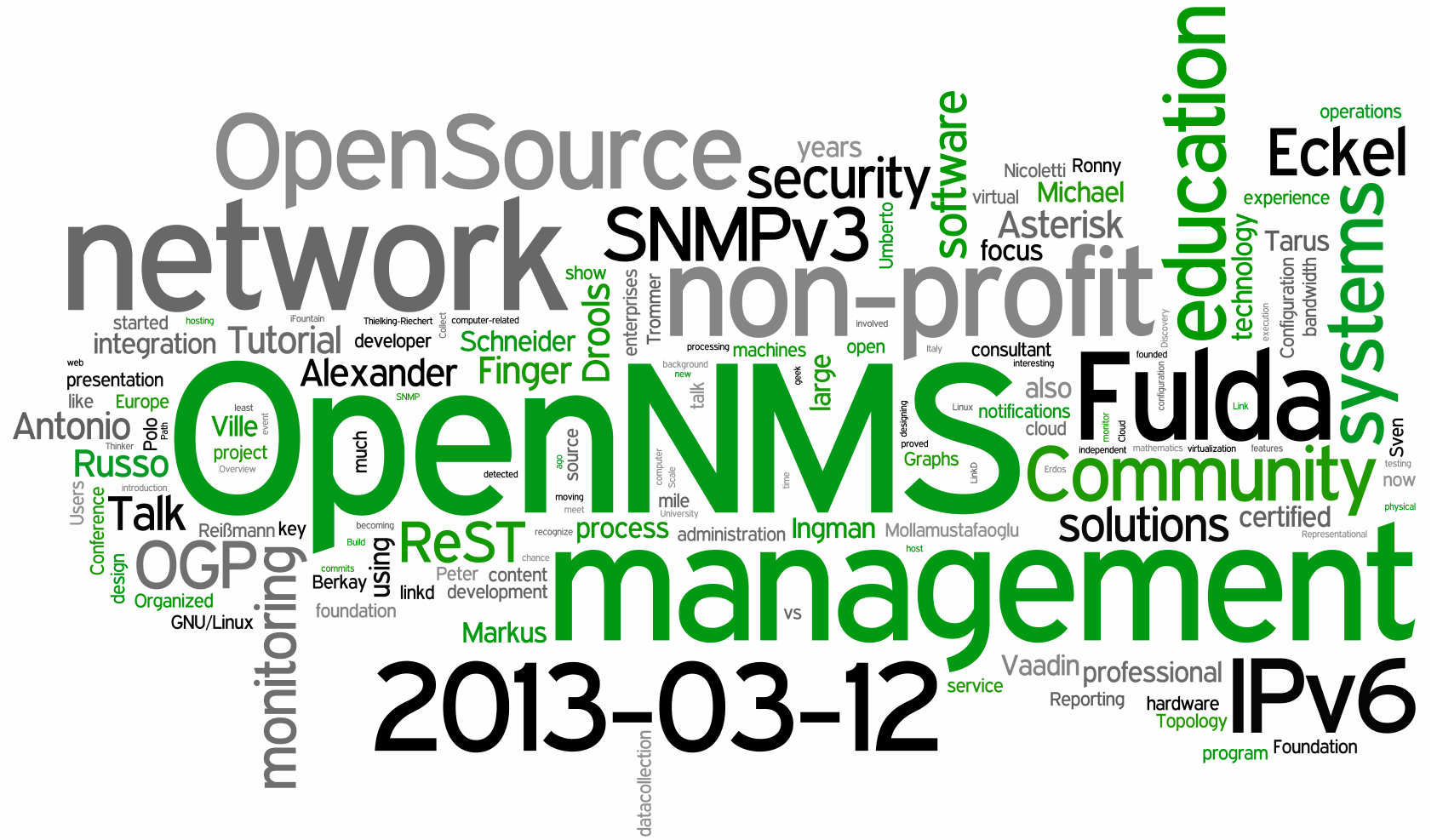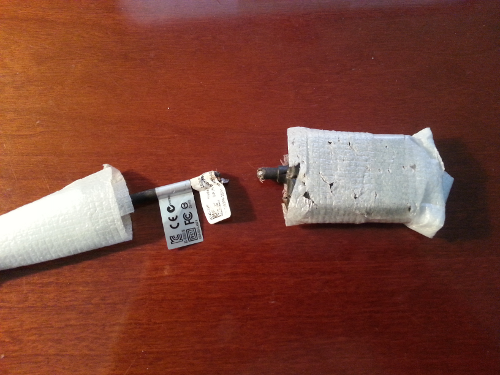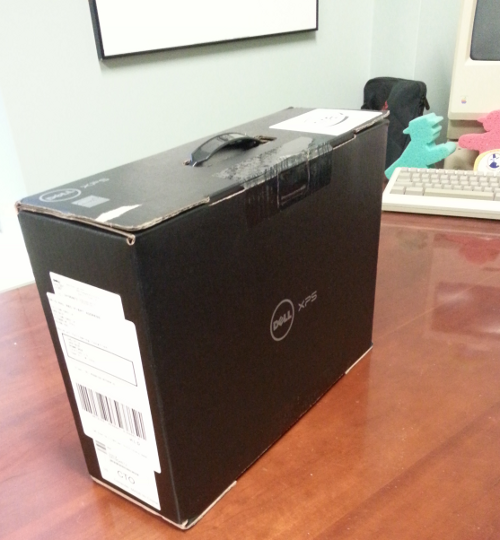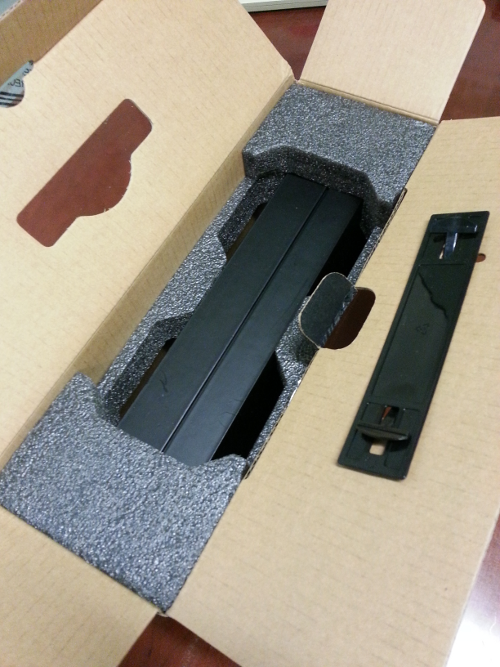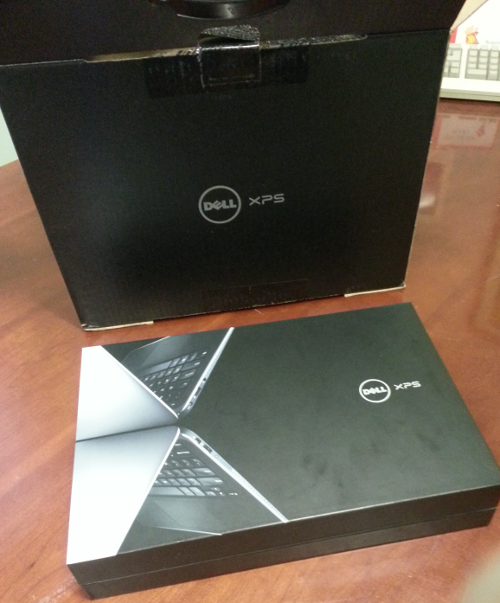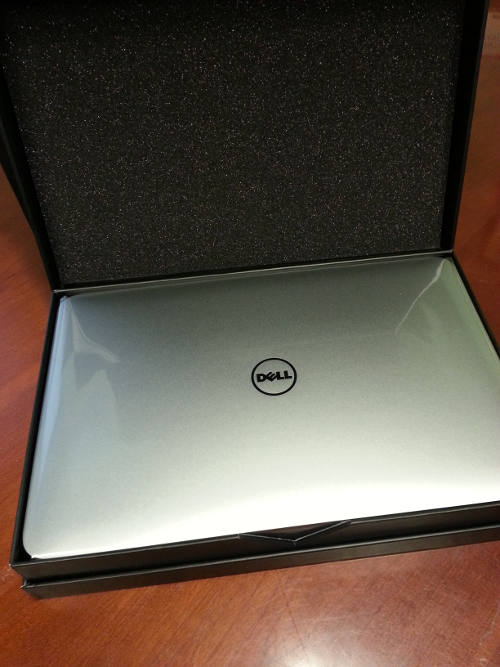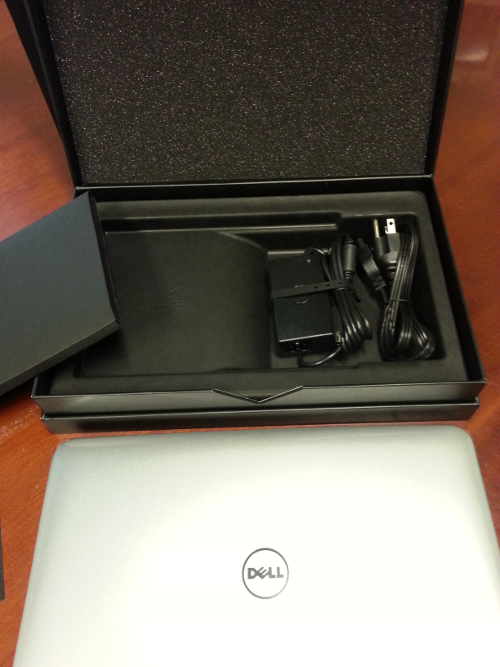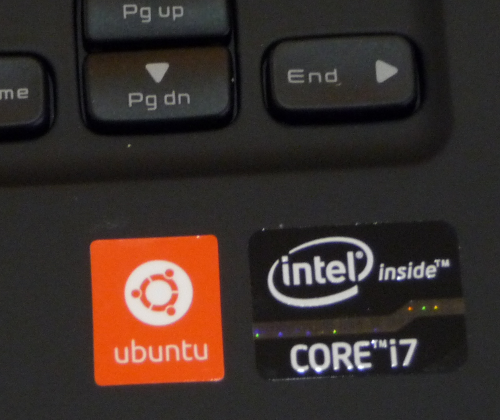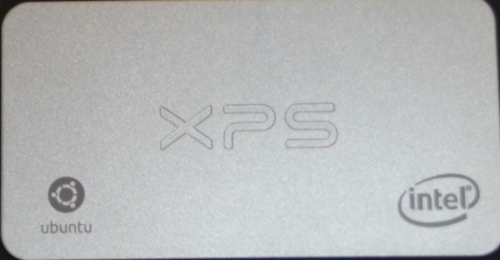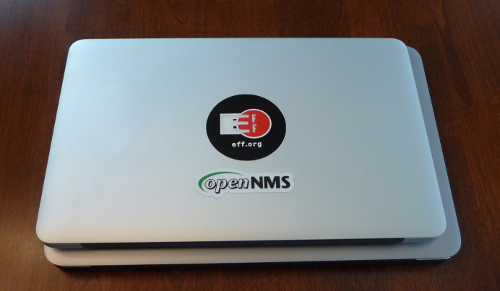When OpenNMS was small, we maintained our customer lists and sales prospects in a spreadsheet. As we grew, this didn’t work out so well, so we needed some sort of CRM solution.
As open source fans, we turned to SugarCRM, but the “community” version was a little hard to maintain. Unlike OpenNMS, they didn’t bother packaging things, so upgrades were a pain, and we found the application a little wanting in other aspects. The person in charge of sales suggested Salesforce, so against my objections we tried them out.
What were my objections? Well, first, I distrust putting company sensitive information into “the cloud”. I think the regulatory structure necessary to protect consumer data is horribly lacking and I didn’t want our clients, potential clients, revenues, etc. to be in someone else’s system. But that would be an issue with almost any hosted solution, so another of my objections was the price. Salesforce is designed for companies with teams of sales people – people who log in at the start of the day and log out at the end. We found out that our sales tend to be quite technical, so our sales guys are also engineers and product managers. The guy who is primarily concerned with sales probably doesn’t log into Salesforce every day, and I log into my account seven or eight times a month – tops.
But I am also a pragmatist. As someone running a company that survives by being profitable, I have to be. So when Salesforce seemed to be the best option, we went ahead and signed up. Other than the price and some small security concerns (I think Salesforce makes an honest effort to protect client data) I was satisfied. It’s just like when one of my guys wants a MacBook – I am moving away from Apple gear but I am not going to impact their productivity because of my personal bias.
A short while ago, I got an e-mail from the account manager at Salesforce:
I noticed you had signed the previous Salesforce contract. David had contacted Salesforce about adding licences, do you know if this was still the case? I ask because the discount I was going to apply for the net new discounts expire shortly.
This pissed me off for a couple of reasons. First of all, if David, the president and COO of the company, is the contact, deal with him, not me. It’s kind of like a small child running to Mom when Dad says “No”. Second, I hate (detest, despise, abhor) hard sell tactics like the “discounts expire shortly”. What? Salesforce has some extra accounts that are going to go bad, like a brown banana, if you don’t order before midnight tonight? It’s not like there are only a certain number of accounts available, and once they are gone, they are gone. I figured that ol’ Arunan was obvisouly B-team sales material.
In any case I asked David what was going on. We are growing a lot in 2013. We are formally opening the Georgia office and we plan to open three more offices by the end of the year. We’re hiring due to increased demand and that has led to the need for more account management. He was looking to add a couple of Salesforce accounts so that we could put more people into a part time sales role.
The key word being “part time”. Even the discount prices that Arunan was offering were too much for what we were getting. We figured we’d either make do with our current accounts or switch to something like SugarCRM (their hosted service is half the cost of Salesforce and it looks like their “community” version has gotten a lot better, including the upgrade process).
I wrote back to Arunan and said that we would not be getting any more licenses, and that we would probably be switching to something else before our contract expired in July. He replied:
Thanks Tarus for the note. Please make sure to call 415-901-8457 to log your cancellation notice so they can turn off the auto-renew on your contract.
Dave, it was a pleasure speaking with you the other day, and until the summer I will continue to be the Account Manager, so please do not hesitate to call or email when you need me.
Nothing offensive there. I would have probably asked why we were switching, if just to have a data point that some sort of smaller cost plan was desired by some Salesforce customers. I didn’t think much about it. Until the next day when I got:
You don’t have to worry about calling Billing. I’ve put in the cancellation for you – the case # is xxxxxxx for your records. Your account will not renew and your licenses will delete this summer. Make sure to call back in if you want to keep them.
What? Is this some sort of sales guy lesson I missed? When a customer expresses dissatisfaction and is thinking about leaving, you shove them out the door?
The thing that most frightened me about this was that we have a lot of data in Salesforce – data I hope to migrate to the new system. While nothing in his correspondence stated it, words like “delete” jumped out, and it dawned on me that Salesforce could decide to nuke that data at any time and we would have little real recourse. Instead of helping the issue, Arunan not only insured that I would not be a customer of Salesforce come July, he instilled fear in me about a whole industry. If Salesforce decided, on a whim, to cut us off, we may have some legal recourse but in the meantime we would be screwed. Salesforce is a lot bigger than us and could probably keep us tied up for years. All just because a mediocre Account Manager wanted us off his list.
And think about it – before this exchange I would actually recommend Salesforce. Sure it was a little reserved, along the lines of “I am not super happy about them but they are the best alternative I’ve found” but it was a recommendation nonetheless.
I think it is possible to provide cloud based services in a secure fashion, but I am not sure Salesforce is one to do it. We are installing SugarCRM now, so I’ll post later with an update on how the migration went, and a more up to date understanding of Salesforce vs. Sugar.
